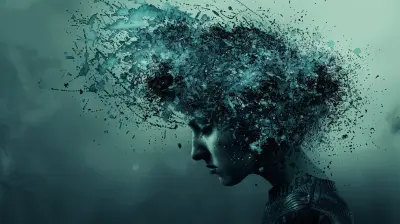How Childhood Trauma Shapes Adult Psychological Disorders
25 October 2025
Have you ever felt irrational fears, struggled with relationships, or wrestled with emotions you couldn't quite put your finger on? Sometimes, the puzzle pieces don’t start in adulthood. They go way back—hidden in the shadows of childhood. What if I told you that some of the mental battles you face today might be echoes of a trauma you almost forgot?
Sound spooky? It kind of is. And that’s what makes it so fascinating.
Childhood trauma doesn’t vanish with age. It camouflages. It buries itself deep in your psyche and shows up years later—sometimes in the form of anxiety, depression, PTSD, or even personality disorders. This isn’t just speculation. Science backs it up, and mental health professionals see it play out in therapy rooms every single day.
In this post, we’re going to unravel the mystery behind how childhood trauma silently molds adult psychological disorders. Get ready—because what you’re about to read might make you see yourself or someone you love in a completely new light.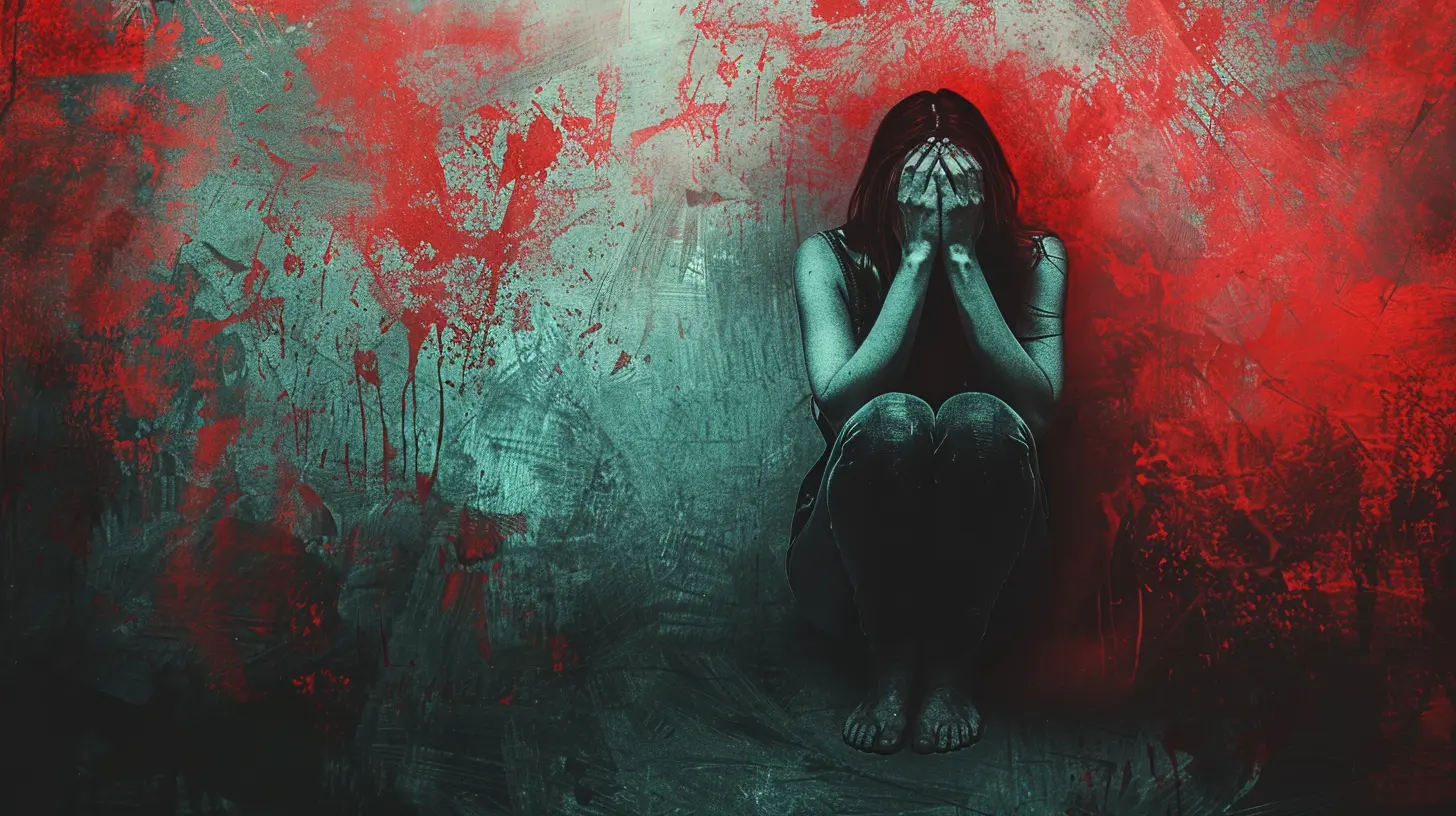
What Is Childhood Trauma, Really?
Let’s start with the basics: trauma isn't just about physical harm or car crashes. Childhood trauma can be emotional, psychological, or even sensory. It's anything that overwhelms a child’s ability to cope and leaves them feeling helpless, frightened, or unsafe.Think about things like:
- Constant criticism or emotional neglect
- Physical or sexual abuse
- Witnessing domestic violence
- Losing a parent through death, divorce, or abandonment
- Living with someone who has a mental illness or substance abuse problem
Now, here's the twist. Children don't have the emotional vocabulary or coping mechanisms adults do. So, when trauma hits, it doesn’t get “processed” in a clean, mature way. Instead, it gets locked in—and sets the stage for how that child will respond to stress, relationships, and even their own thoughts as an adult.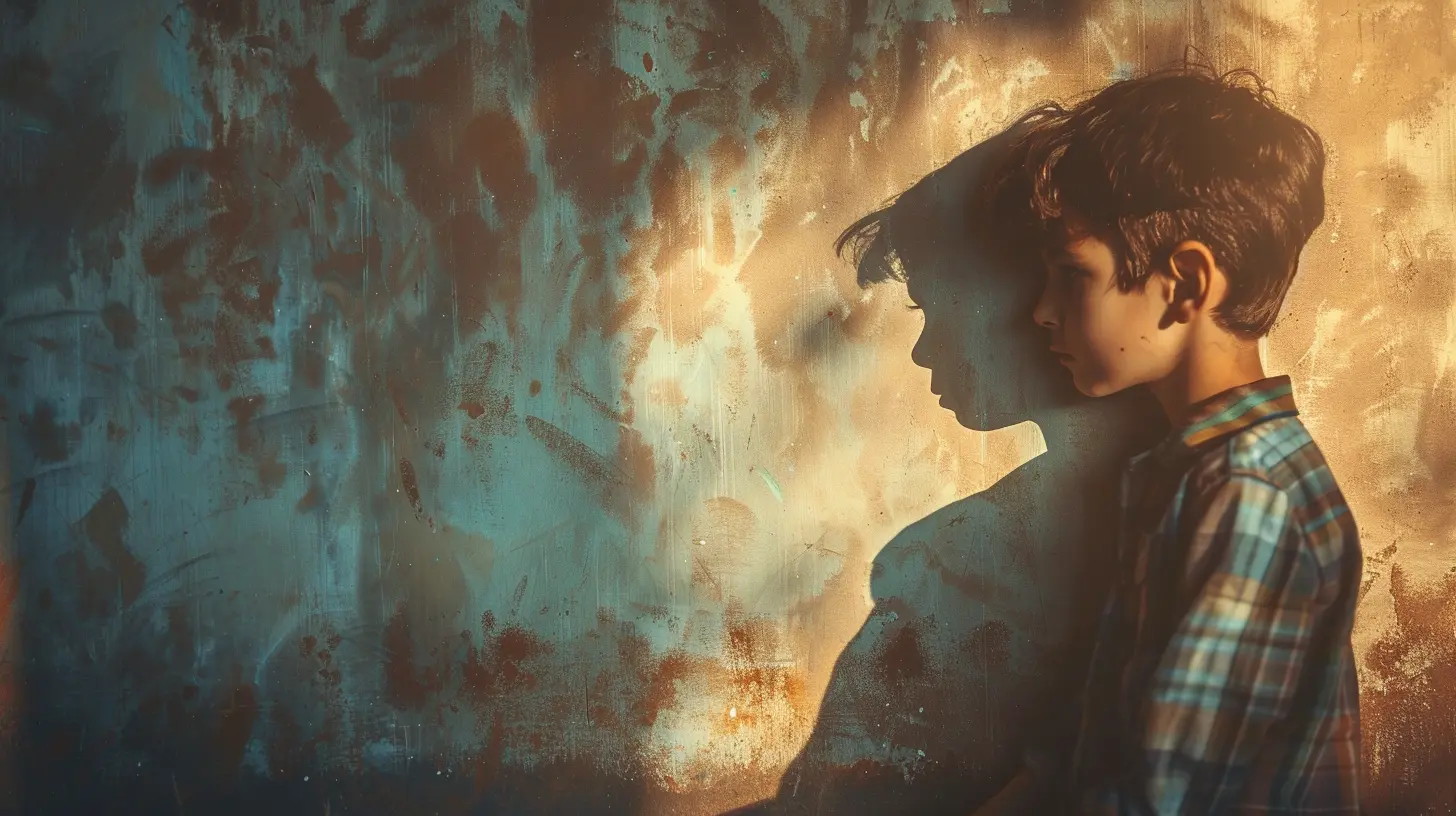
The Brain: Trauma's Favorite Playground
Trauma doesn't just change how we think—it literally reshapes our brain.It’s like trauma flips the emergency switch in the brain—and then forgets to turn it off. Kids exposed to chronic stress or abuse often live in “survival mode.” Their brains are flooded with cortisol and adrenaline, the stress hormones. Over time, this rewires key parts of the brain like:
- The amygdala – becomes hyper-alert to danger (hello anxiety)
- The hippocampus – struggles with memory and learning
- The prefrontal cortex – the area responsible for decision-making, impulse control, and emotional regulation, gets underdeveloped
Now fast-forward to adulthood. That overactive amygdala? It can create panic attacks or irrational fears. A compromised prefrontal cortex? Hello, emotional outbursts or risky behavior.
So when someone says “just get over it,” they’re ignoring the fact that trauma literally rewires the control center of who we are.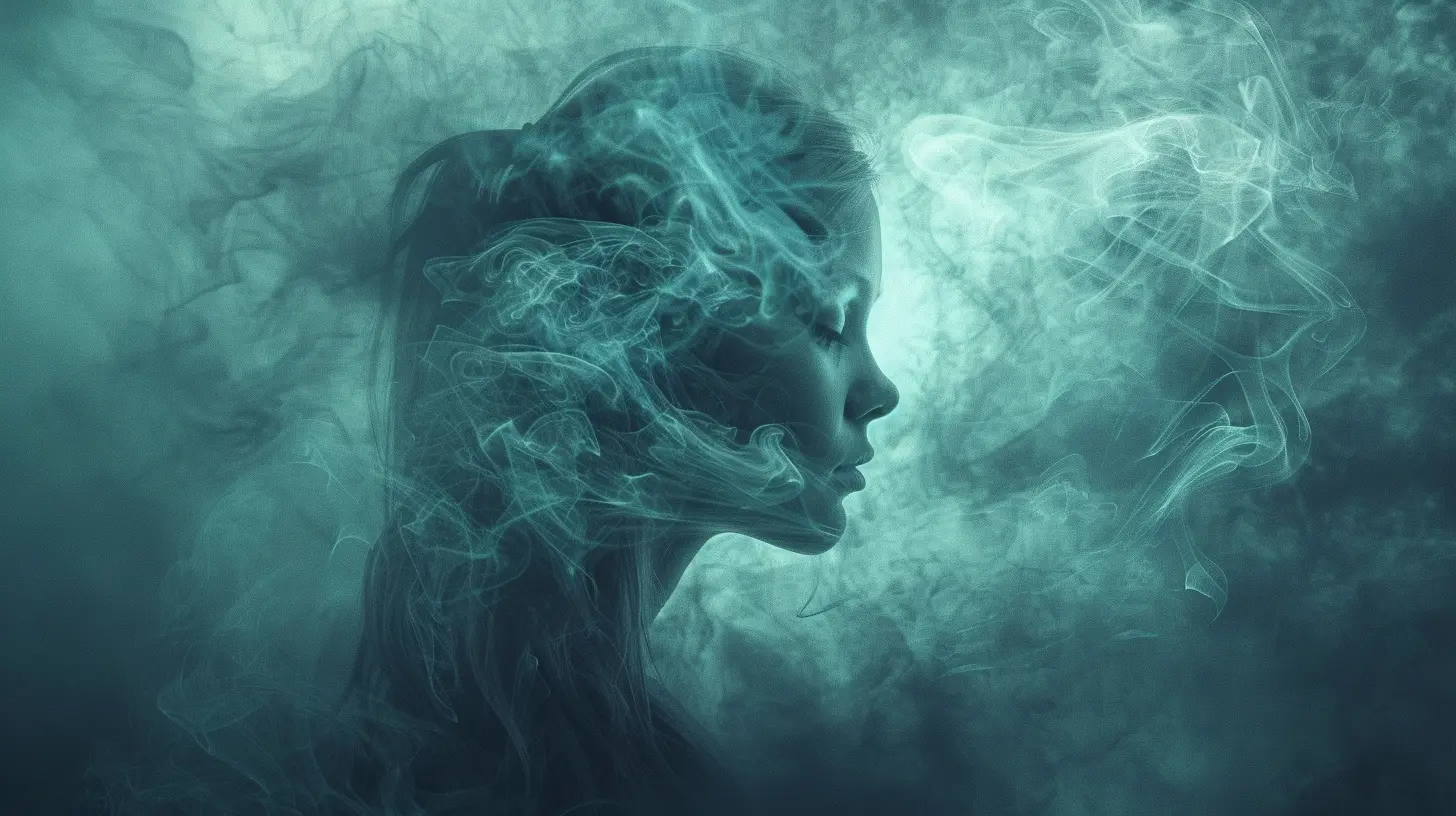
Attachment Styles: The Blueprint for Adult Relationships
You ever wonder why some people can fall in love and flourish, while others fall apart?A lot of it comes down to attachment theory—and trauma can seriously mess with it.
As children, we learn how to love, trust, and connect through our caregivers. If that bond is broken or inconsistent (say, through neglect or abuse), we might end up developing insecure attachment styles like:
- Avoidant attachment – You fear intimacy, keep emotions bottled up, and rely only on yourself
- Anxious attachment – You fear abandonment, crave constant reassurance, and become emotionally dependent
- Disorganized attachment – You crave love but fear it at the same time, often due to abusive caregivers
These don’t magically resolve with age. They follow us into adult relationships—creating a cycle that feels impossible to break.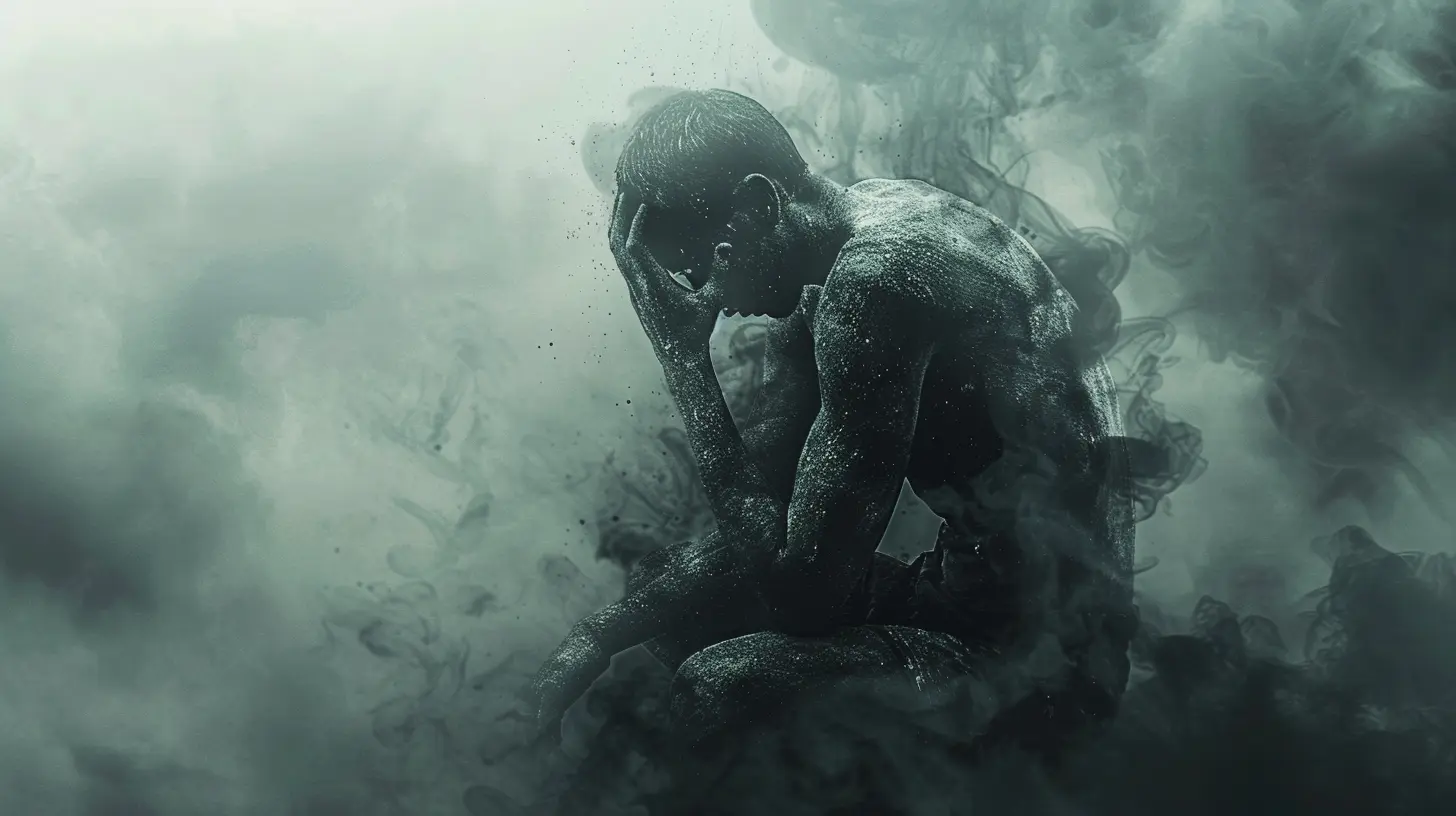
The Domino Effect: From Trauma to Disorder
So how exactly does childhood trauma morph into something diagnosable, like a psychological disorder?Let’s break it down by the most common mental health conditions linked to early trauma:
1. Post-Traumatic Stress Disorder (PTSD)
This one seems obvious, but it doesn’t always show up in the dramatic ways we expect. People with childhood trauma might not even know they have PTSD. They might just feel “on edge” all the time, have trust issues, or avoid certain situations without knowing why.What’s tricky is that their symptoms might not fully emerge until adulthood—when something triggers those long-forgotten memories.
2. Depression
Chronic sadness, hopelessness, feeling numb—it’s not always about a bad breakup or job loss. For many, it’s the residue of emotional neglect or loss in childhood.When a kid grows up in an environment where emotions are dismissed, they learn to suppress them. As adults, that emotional bottling can explode into full-blown depression.
3. Anxiety Disorders
When your childhood was full of unpredictability—say, you never knew when dad would rage or mom would disappear—your brain starts to see the world as unsafe.This hypervigilance doesn’t just go away. It turns into generalized anxiety, panic attacks, or obsessive-compulsive behaviors intended to bring some sort of control.
4. Borderline Personality Disorder (BPD)
This one is particularly connected to early trauma, especially emotional abuse or neglect. BPD often shows up with symptoms like:- Intense mood swings
- Fear of abandonment
- Unstable relationships
- Self-harming behavior
Many who struggle with BPD describe feeling like they never developed a solid sense of self. That’s not surprising if childhood was spent trying to survive instead of being nurtured.
5. Substance Use Disorders
Sometimes, trauma doesn’t scream—it whispers. And to numb the whispers, people turn to alcohol, drugs, or other addictive behaviors.Substance use can be a way to escape the echo of childhood pain. It offers a temporary fix… that often leads to much bigger problems.
Emotional Flashbacks: The Ghosts of Trauma Past
Have you ever overreacted to something small and thought, “Where the hell did that come from?”That might be an emotional flashback—when your brain confuses a present-day situation with a traumatic one from childhood. It’s like your inner child is still fighting old battles in your adult world.
You might not have a visual memory, but you feel the panic, the shame, the helplessness—like it’s happening all over again. The worst part? You might not even realize it’s rooted in trauma.
Shame: The Silent Saboteur
One of trauma’s darkest gifts is shame. Not guilt—shame.Where guilt says “I did something bad,” shame says “I AM bad.”
Children exposed to consistent emotional abuse, neglect, or criticism often internalize this message. They grow up believing they’re unlovable or broken. This deep, soul-crushing shame becomes the lens through which they view themselves and the world.
And shame? It’s a breeding ground for depression, anxiety, and self-sabotaging behavior.
Breaking the Cycle: Is Healing Possible?
Let me be crystal clear: trauma is not a life sentence. It’s a scar, not a death sentence. You can absolutely heal—but it takes effort, time, and often professional help.Therapy Works—Especially Trauma-Informed Therapy
Some popular, research-backed approaches include:- Cognitive Behavioral Therapy (CBT) – helps reframe distorted thinking patterns
- EMDR (Eye Movement Desensitization and Reprocessing) – effective for processing traumatic memories
- Somatic Therapy – focuses on how trauma lives in the body, not just the mind
Inner Child Work
It may sound a little woo-woo, but reconnecting with your inner child can be powerful. You’re offering yourself the love and safety you never received. And yes, it’s okay to cry. That’s healing too.Support Systems
Find your people. Trauma thrives in silence, but it loses power when it’s shared in safe, supportive environments. Whether it’s group therapy, online forums, or close friends—connection is key.Final Thoughts: The Past Isn’t Gone, but It’s Not the Boss
We often think of trauma like a broken bone you can set and forget. But psychological trauma? It’s more like a virus in your operating system—silent but powerful, influencing everything behind the scenes.Understanding how childhood trauma shapes adult psychological disorders isn’t just about naming the problem. It’s about reclaiming your story. It’s about realizing that what happened to you doesn’t define who you are.
You’re not broken—you’re healing. And healing isn’t linear, pretty, or easy. But it is possible.
So, if you’ve been carrying a weight you couldn’t explain, maybe now you have a name for it. And once something has a name, it can be faced.
all images in this post were generated using AI tools
Category:
Psychological DisordersAuthor:

Ember Forbes
Discussion
rate this article
1 comments
Kenneth Harper
Thank you for this insightful article. It’s a crucial reminder of the lasting impact of childhood trauma on mental health. Understanding these connections can truly foster compassion and healing for those affected. I appreciate the valuable perspectives shared here.
November 5, 2025 at 5:50 AM

Ember Forbes
Thank you for your thoughtful comment! I'm glad you found the article insightful and that it resonated with you.


